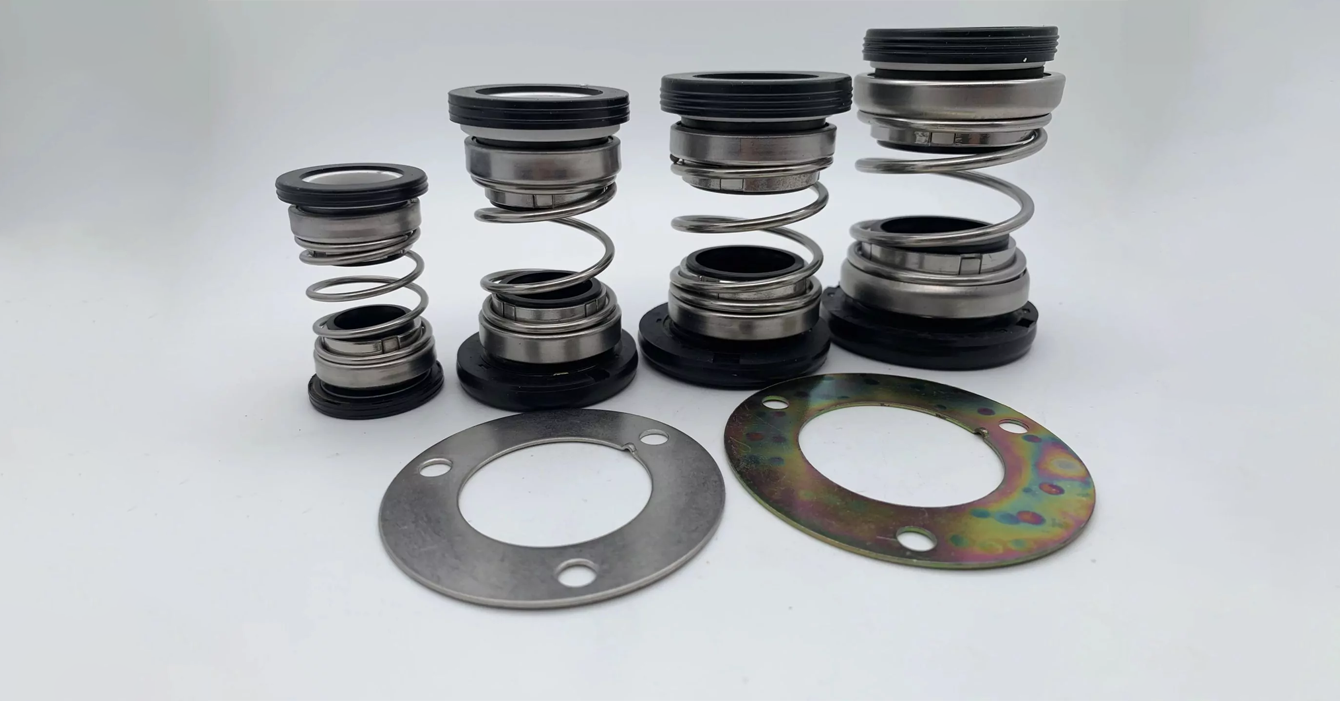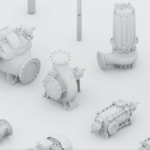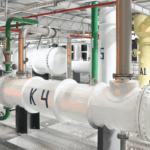Seals are one of the key elements of pumping equipment, especially when it comes to pumping aggressive media, affecting system stability and overall process safety. At the same time, conventional materials are not suitable here, as chemically active liquids quickly destroy unadapted sealing elements. That is why the selection of such components should be approached with particular care, taking into account many technical nuances.
Technical and chemical characteristics of seals
Seals designed for aggressive liquids have increased chemical resistance and thermal stability. This is achieved through the use of special materials such as fluororubber (Viton), Teflon, EPDM or silicone with appropriate modifiers. Their distinctive feature is their lack of reaction with acids, alkalis, solvents and other aggressive compounds. At the same time, they fully retain their geometry and tightness, adapting smoothly to different pressures and temperatures.
They also have certain design differences, including multi-stage protection in the form of additional barrier rings, anti-corrosion inserts or reinforced spring elements. Their presence significantly reduces the risk of leaks in the system, even under significant abrasive loads or changes in the viscosity of the working environment. Such solutions are particularly relevant for the food, pharmaceutical and chemical industries, where the requirements for the stability of these parameters are among the most critical.
What to keep in mind when choosing seals for pumps
Among the main aspects of the choice, the following should be highlighted:
- Chemical compatibility of the material. The seal must be made of a liquid-resistant material to prevent damage or loss of elasticity during operation.
- Temperature stabilityThe selected option must withstand real temperature loads without deforming or losing its tightness.
- Load type. It is important to consider vibrations and shaft rotation speed, as an incorrectly designed seal can cause wear.
- Presence of abrasives. If the liquid contains particles that cause abrasion, the seal must have an appropriate design with increased wear resistance.
It is also important not to ignore the conditions for installation and subsequent maintenance of seals. After all, complex systems require appropriate qualifications for installation and regular maintenance, which must be taken into account at the selection stage.



